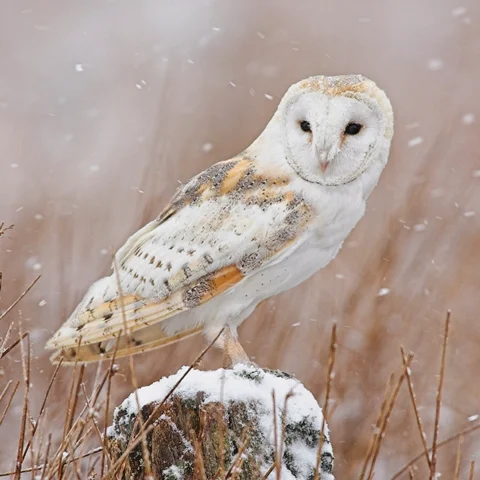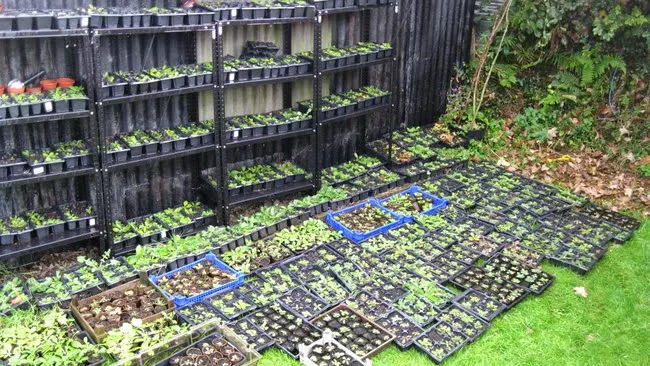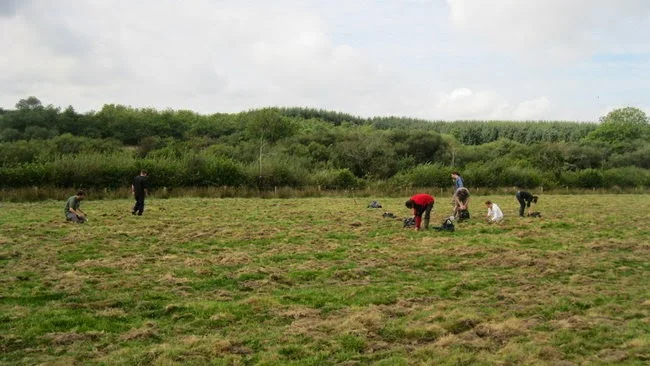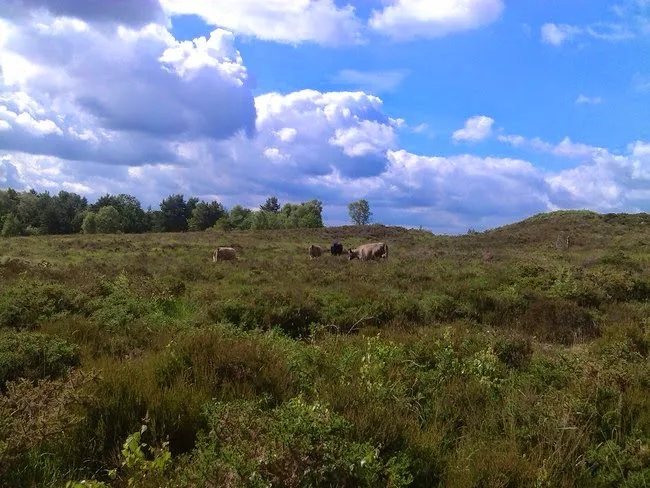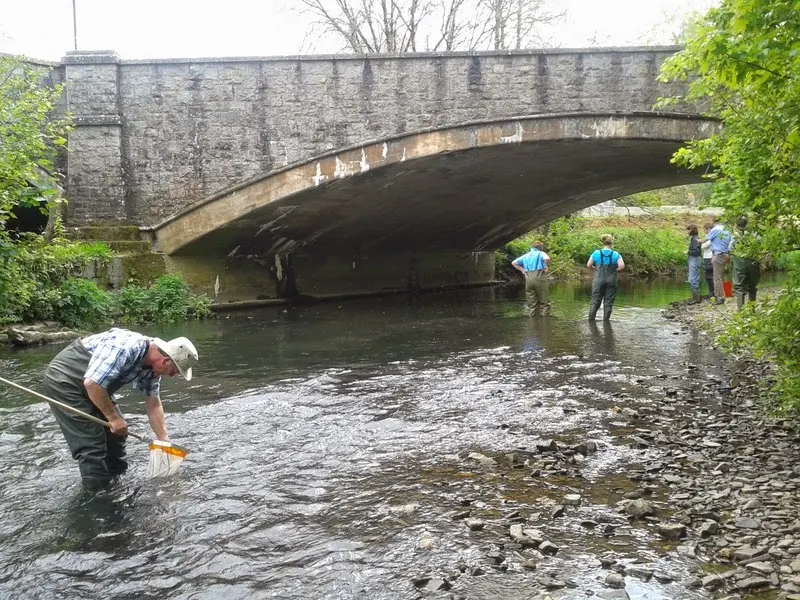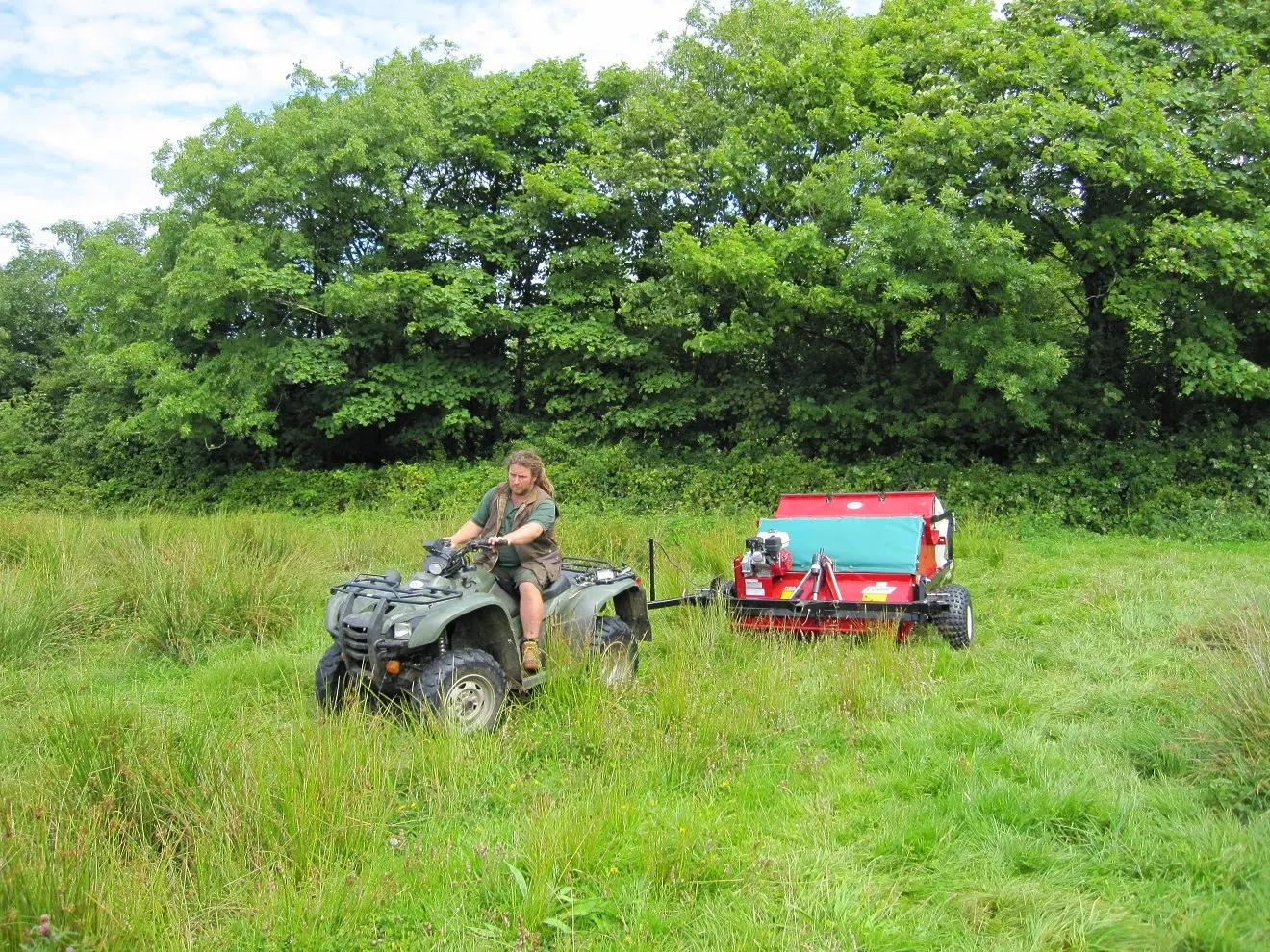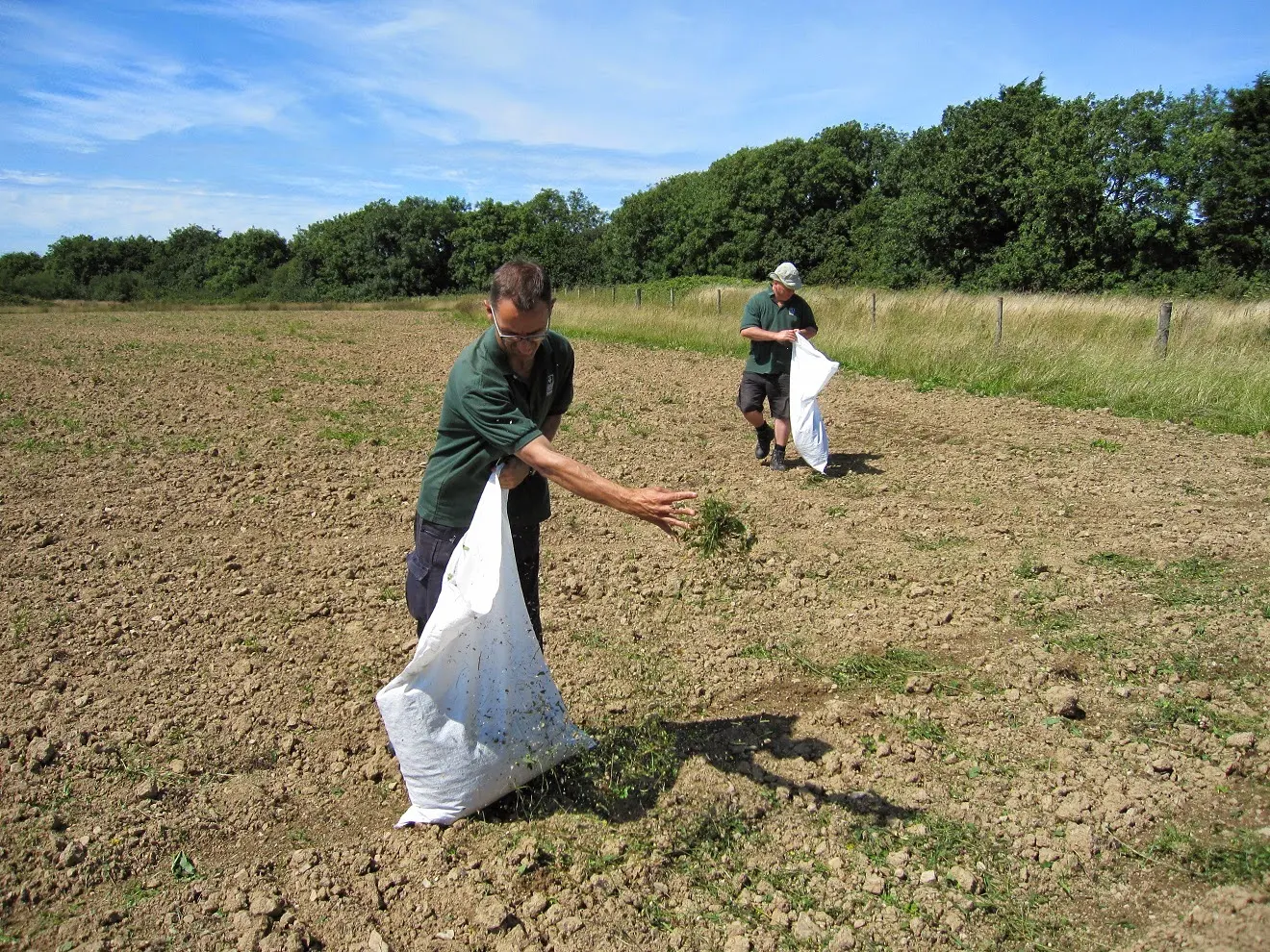England's only breeding population of wild beavers look to have a brighter future
after an announcement made today.
Devon Wildlife Trust is hailing the decision by Natural England to grant the charity
a five year licence to monitor the beavers as a key moment in the history of modern
conservation. The charity is welcoming the positive news after spending months of
hard work trying to secure a long term future for the animals.
The beavers, which live on the River Otter in East Devon, were first discovered to
be breeding in February 2014. A beaver and kits were filmed on the River Otter in
February 2014 by local amateur wildlife cameraman Tom Buckley. The footage was proof
of the presence of the first breeding beavers in England for hundreds of years.
Anecdotal sightings of beavers and beaver activity point to beavers being present on
the river for three years or possibly longer.
Defra announced its intention to capture and remove the animals in July citing the
risk to human health from a tape-worm that European beavers are known to carry, but
which is not currently present in the UK. Defra's decision sparked an overwhelming
response from local people, with the vast majority showing their support for the
beavers to remain.
Devon Wildlife Trust has spent the last six months working with Defra, Natural
England, local farmers and the wider community to secure a solution that would see
the disease risk addressed and the beavers remain. Harry Barton, Chief Executive of
Devon Wildlife Trust, said:
'We are delighted by Natural England's decision to grant us a licence to give these
beavers a long term future on the River Otter. It's the result of a great deal of
effort by our charity, supported by partner organisations across the UK and, most
importantly, by the local community.'
Harry added:
'This is an historic moment. The beavers of the River Otter are the first breeding
population in the English countryside for hundreds of years. Estimates of when
beavers went extinct in England vary. Recent documentary and archaeological research
by Prof Bryony Coles, University of Exeter, suggests that remnant populations of
beavers may have survived into the 1700s ('Beavers in the Past', 2006).
We believe they can play a positive role in the landscapes of the 21st century
through their ability to restore our rivers to their former glories. We know from
our own research and research done in Europe that beavers are excellent
aquatic-engineers improving the flood and drought resilience of our countryside and
increasing the water quality of our rivers. See for example, 'Qualitative and
quantitative effects of reintroduced beavers on stream fish', Fish and Fisheries,
Volume 13, Issue 2,
pages
158-181, June 2012. See also the interim findings of the Scottish Beaver Trial
www.scottishbeavers.org.uk/ They are incredibly
industrious animals and their hard work has benefits for people and wildlife.'
Stephanie Hilborne OBE, Chief Executive of The Wildlife Trusts also welcomed the news:
'It is wonderful to hear that the first breeding population of beavers in England
for hundreds of years is going to be allowed to remain in the wild. This is
testament to the commitment of all involved, not least Devon Wildlife Trust and
Defra. We know that we can't bring back all the great animals that the country's
lost - at least not everywhere - but where it is feasible we owe it to future
generations to do so. Wildlife Trusts are playing a key role in helping wildlife
onto a firmer footing throughout the UK.'
Natural England's decision grants the Devon Wildlife Trust a licence to monitor the
beavers for the next five years. The charity's River Otter Beaver Trial will work
with international experts to record and evaluate the impact of the animals.
Peter Burgess, Devon Wildlife Trust's Conservation Manager, led the licence
application to Natural England. He explained what the project will mean:
'This project will measure the impact that these beavers have on the local
environment, on the local economy and on local people. The evidence from elsewhere
shows that beavers should have an overwhelmingly positive effect, but this is the
first time the animals will be living in a well-populated, agriculturally productive
English landscape for hundreds of years. We need to ensure that any negative impacts
of beavers are avoided. This will mean working alongside the Environment Agency,
local authorities and landowners to manage any problems that may arise over the
coming years.'
At present Natural England is yet to announce the full details of the licence.
Peter added: 'Although we're very pleased to have been granted the licence we will
need to consider its terms in full before the project can get under way. It needs to
be a licence which will work for us and safeguard the needs of local communities,
the economy, landowners and the beavers.'
As part of the licence the beavers will be briefly be brought in to captivity in
order for health checks to be made. This process will be overseen by Defra with
expert advice from leading zoological and beaver experts.
At the conclusion of the project in 2020 the River Otter Beaver Trial will present
Natural England with its evidence. Using this information a decision will be made on
the future of the beavers on the river.
Devon Wildlife Trust now faces the task of funding the River Otter Beaver Project.
An initial call for donations led to £45,000 being raised in just two months.
However the cost of the five year monitoring project is estimated to run well above
this figure. The charity is now asking supporters of the beavers to come to its aid
and donate via its website
www.devonwildlifetrust.org or by phone on 01392
279244.
River Otter Beaver - Photo copyright David Land (All rights reserved)


%2Bre-sized.jpg)

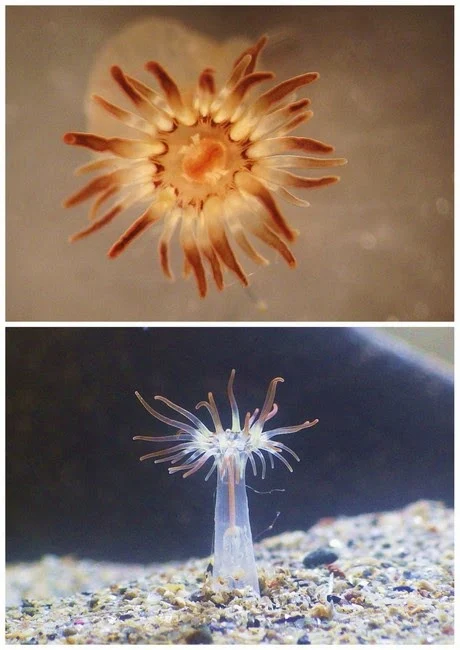



.jpg)
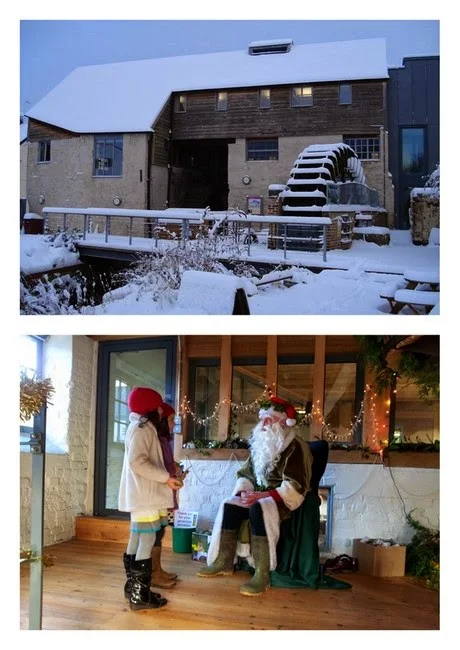
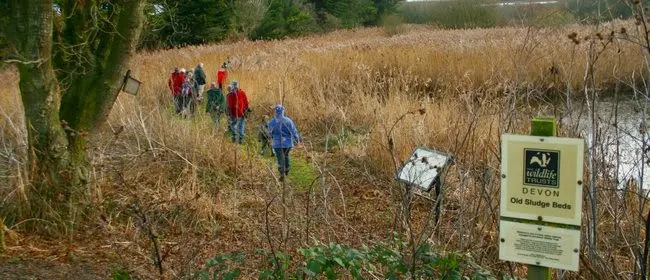
%2Bre-sized.jpg)
